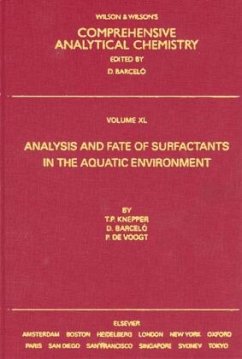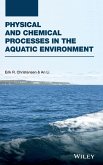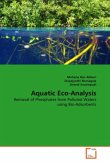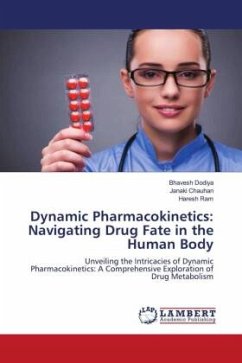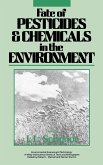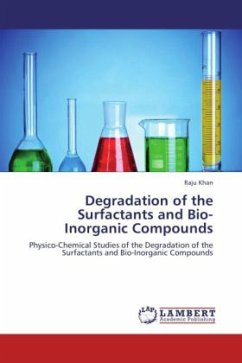An understanding of the fate and behaviour of organic chemicals, such as surfactants, in the environment is a prerequisite for the sustainable development of human health and ecosystems. As surfactants are being produced in huge amounts, it is important to have a detailed knowledge about their lifetime in the environment, their biodegradability in wastewater treatment plants and in natural waters, and their ecotoxicity. Parameters relevant for the assessment of long-term behaviour, such as interactions with hormonal systems need to be understood to avoid unexpected adverse effects to future generations of people and the environment. However, the identification and quantification of commercial surfactants in the environment is made more complicated and cumbersome because they comprise of tens to hundreds of homologues, oligomers and isomers of anionic, nonionic, cationic and amphoteric compounds.The EU-funded PRISTINE project (Priority surfactants and their toxic metabolites in wastewater effluents: An integrated study; ENV4-CT97-0494) provides the basis for the content of this title. It provides policy makers and industry with detailed information on analysis and concentrations of surfactants and their degradation products in the environment.In addition to a general introduction to surfactants, this book comprises a comprehensive variety of analytical techniques, including sample handling, for the analysis of surfactants in the aquatic environment. Readers will find all the necessary information for analyzing the different groups of surfactants, with special emphasis on transformation products. Quality assurance is also reported on in detail. Chapters on toxicity and risk assessment are also included and give a complete perspective on the surfactants problem in the aquatic environment.
